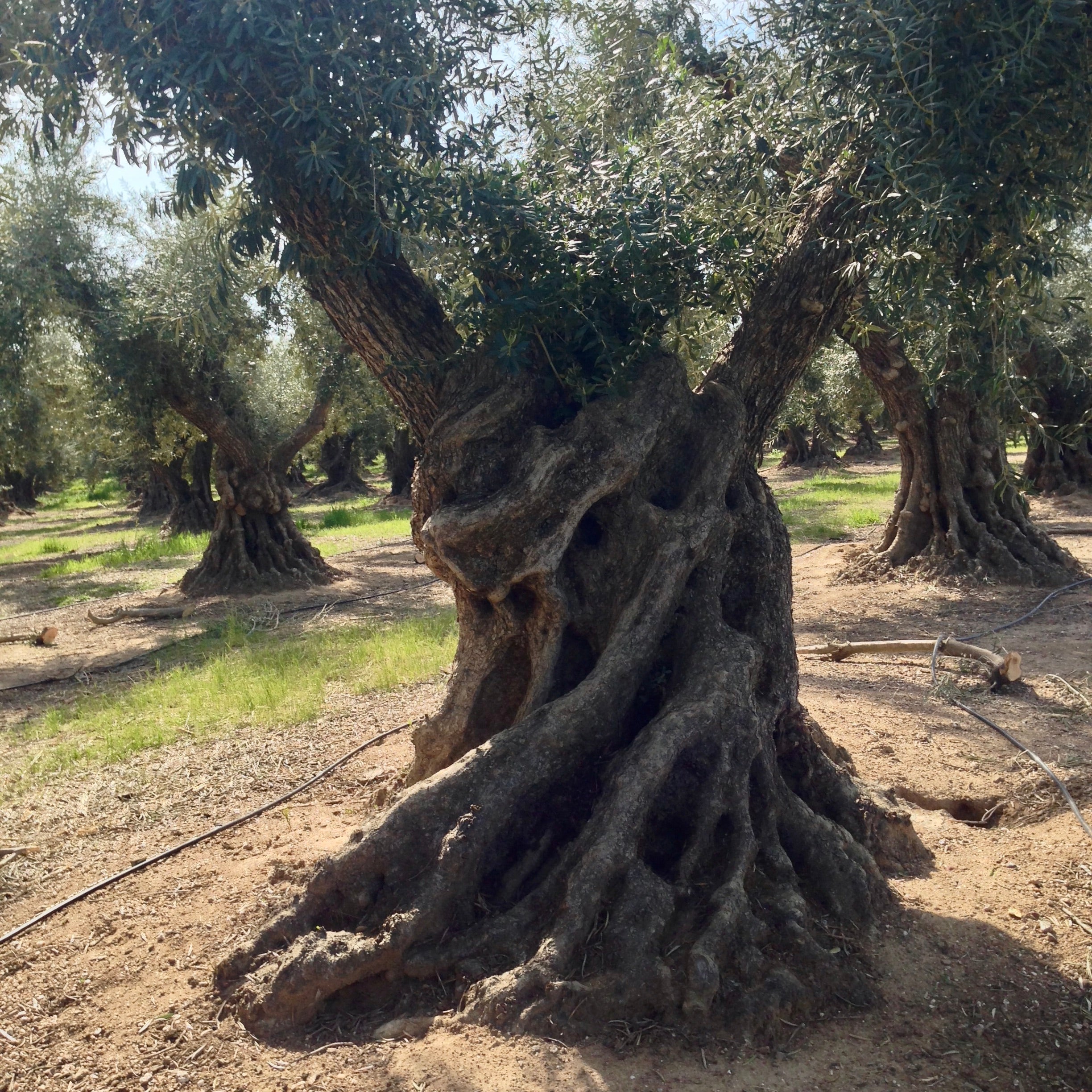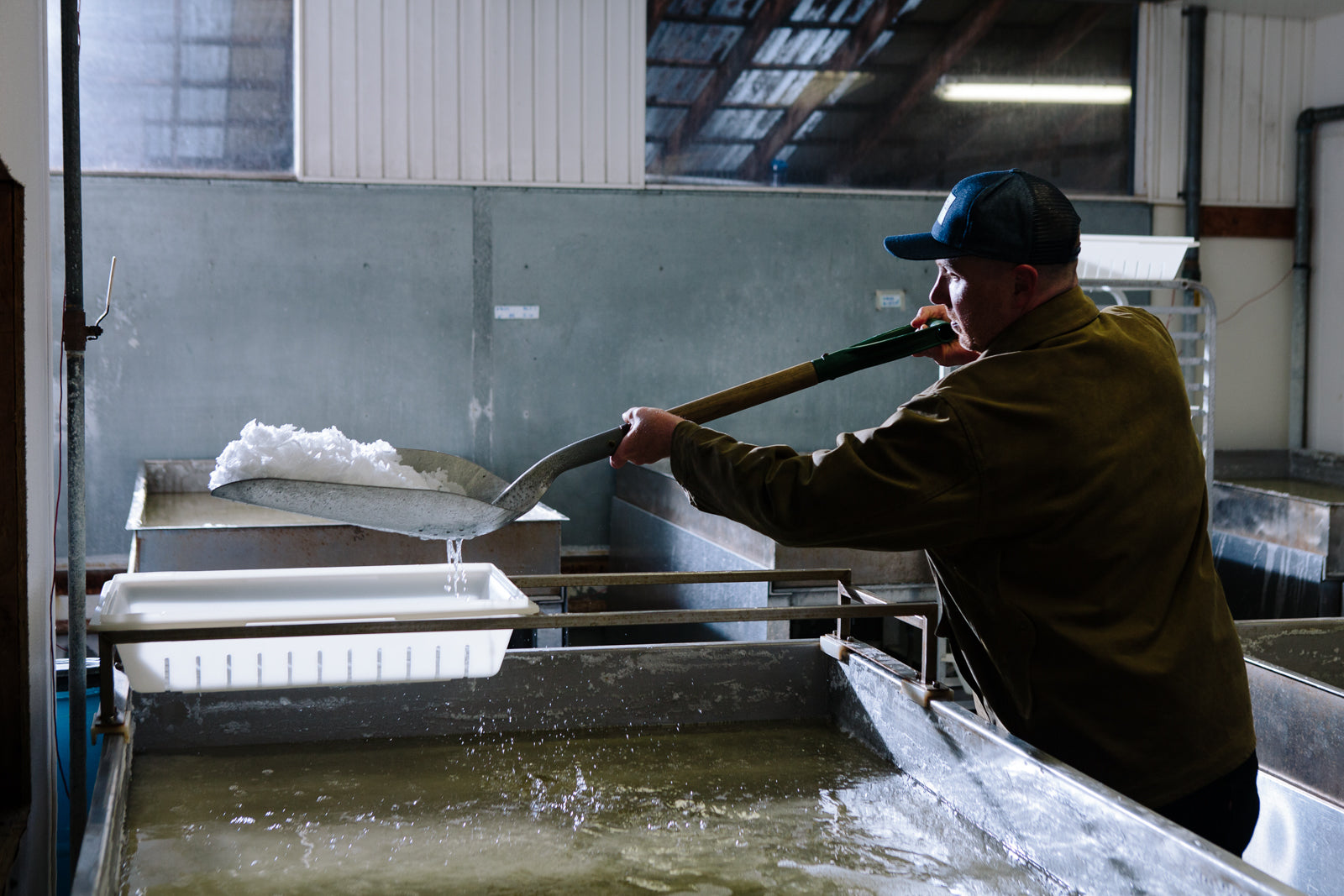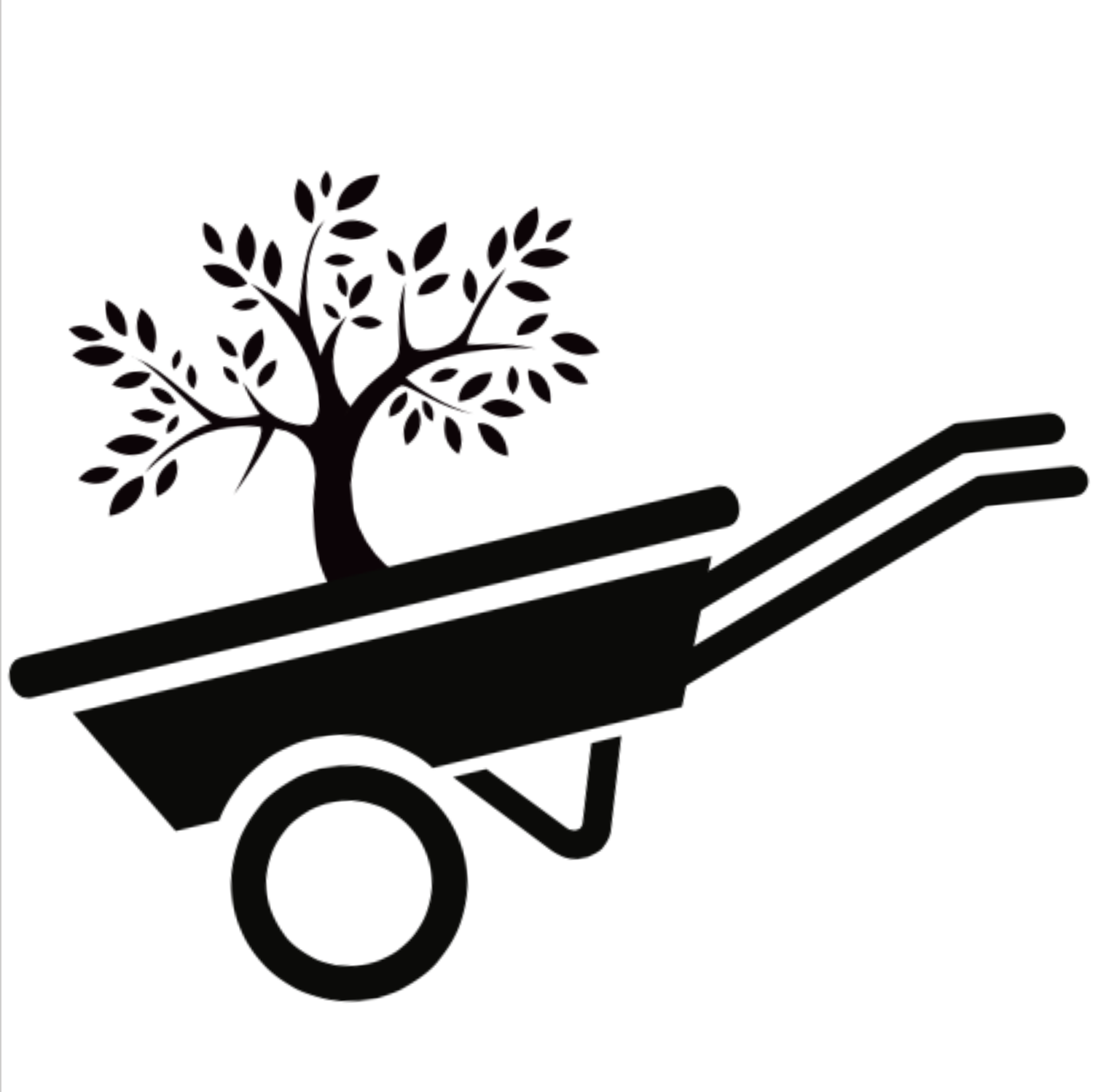
Olive Oil and Sustainability for the Layperson
The above image captures the charm of one of my favorite old table olive trees facing southwest on Woodson near South Avenue in Corning, circa 2014.
The quiddity or essence of olive trees is sustainability
Generally speaking, olive trees are much less needy than other crops. They thrive in poor soil with less water than other produce, and the relatively high polyphenol levels in the fruit and leaves make olives unpalatable to most insects, thus reducing or even eliminating the need for pesticides.
That said, modern farming practices necessitate a low level of nutritional inputs to maintain healthy and productive plant life for olive trees. In the on-going discussion about farming food and the long-term health of our planet, the notion of "organic" can and should be separated from "sustainable" and "regenerative" farming for a variety of reasons which I’ll address in future posts. Regenerative farming, beyond sustainability and beyond organic, is vitally important, and I'm keen to share what I've learned and what I'm learning in the near future. Today, let's start with the notion of sustainability.
The preciousness of water
Olives trees require approximately half the water per acre versus other commercial orchards in California. Olive farmers use drip irrigation, soil sensors, and weekly evapotranspiration reports to determine when the trees need water and how much to apply. A tree's needs vary considering soil type, air temperature, wind, and other factors. Additionally, there are certain times in the growing cycle where there is benefit to apply little or no water, the most compelling instance is prior to harvest. Much like grapes for winemaking, olive fruit intended to be crushed for oil can exhibit enhanced flavor and aroma if the trees are stressed a bit at the right times.
That conscious reduction in water, known as deficit irrigation, can cost the farmer lower yields and lower income, however, the benefit is the potential of a superlative oil that is worthy of commanding a higher price per liter. Another other benefit, too, is that such careful calibration further reduces water consumption for an already water-thrifty plant, something important in a mega-drought state like California.

More Efficient Land Use
Efficient land use in a time of diminished resources is addressed by using modern methods of cultivation for modern orchards. Additionally, when you think about how much nutrition is packed into a tablespoon of olive oil the nutrition per acre is astonishing.
There is more than one "modern" method for farming olives. Some blocks of trees are planted in a super high density (SHD) system of about 650 trees per acre versus 100 trees per acre in the Old World method. Only a handful of cultivated varieties (aka "cultivars") are suitable for this density of planting. The Hall Road orchard where our Arbequina comes from is such an example, with 135,000 trees spread over 204 acres amidst pristine oak savannah.
The trees are trained on a trellis system, and are pruned and harvested mechanically.

Trees that do not take to this type of intensive cultivation are planted in what is known as “medium density”, still highly efficient at about 300 trees per acre, or three times more closely planted than the Old World standard. The Williams 160 Orchard on Rawson Road is planted in such a way, allowing a more diverse offering of olive flavors. It's these trees upon which we've relied for Ascolano, Coratina, and Picual, historically via hand harvesting, although today there is a new sort of mechanical harvester which has been put to use there since Harvest 2021.

Reductions Three Ways
Besides low water needs and a more efficient allocation of farming acreage, olives are considered a sustainable crop because they are not reliant on chemical fertilizers to be productive, in fact, studies point to reduced fruit yield with over-fertilizing because olive trees are semi-wild, hardy and tolerate--even thrive--in “poor” growing conditions. Give olive trees too much food and they'll develop more leaves than fruit. Reduced reliance in fertilizers and the resulting low or no chemical inputs is an added benefit of both drip irrigation and the modern planting method. Rather that indiscriminately add fertilizer to the soil, trees and soil are assessed, and careful recipes developed for micro-dosing via the irrigation system, what farmers call "fertigation".
Reduced waste is yet another hallmark of modern methods, in this instance at an olive mill. Wastewater is recycled and used for irrigation or dust control on the roads, and olive pits and pomace are sent to a processor where they are ground and dried as a high polyphenol ingredient in cattle feed. Even the pruned tree branches are mulched and added back to the earth.
Reduced reliance on pesticides is the third area of reduction. Pesticide use is a reality for some growing areas, but not significantly in the upper Sacramento valley where the olive fly cannot thrive, which means there is little need for spraying. The good news is that if spraying is required for pest management, the solution is an organic one; it's a natural substance made by a soil bacterium found to be toxic to the fly, and when used in low doses not as harmful to beneficial insects as synthetic pesticides.
For the small number of fly that are present in our part of the Sacramento Valley (too hot and dry for the fly to thrive) a non-toxic pheromone is used for mating disruption, which keeps populations low and potential damage to a minimum.
A Healthy Habitat
Sustainable farming methods promote soil health and manage the trees as part of a larger landscape. Habitat for local birds and animals is a found amongst the trees in a healthy orchard, and the Hall Road and Williams 160 orchards demonstrate this. Song birds, crows, hawks, and owls; rabbits, foxes, coyote, deer, and other creatures make these orchards part of their homes.
A version of this essay first appeared in the Tagami Int'l Newsletter for wholesale customers, distributed April 2014





